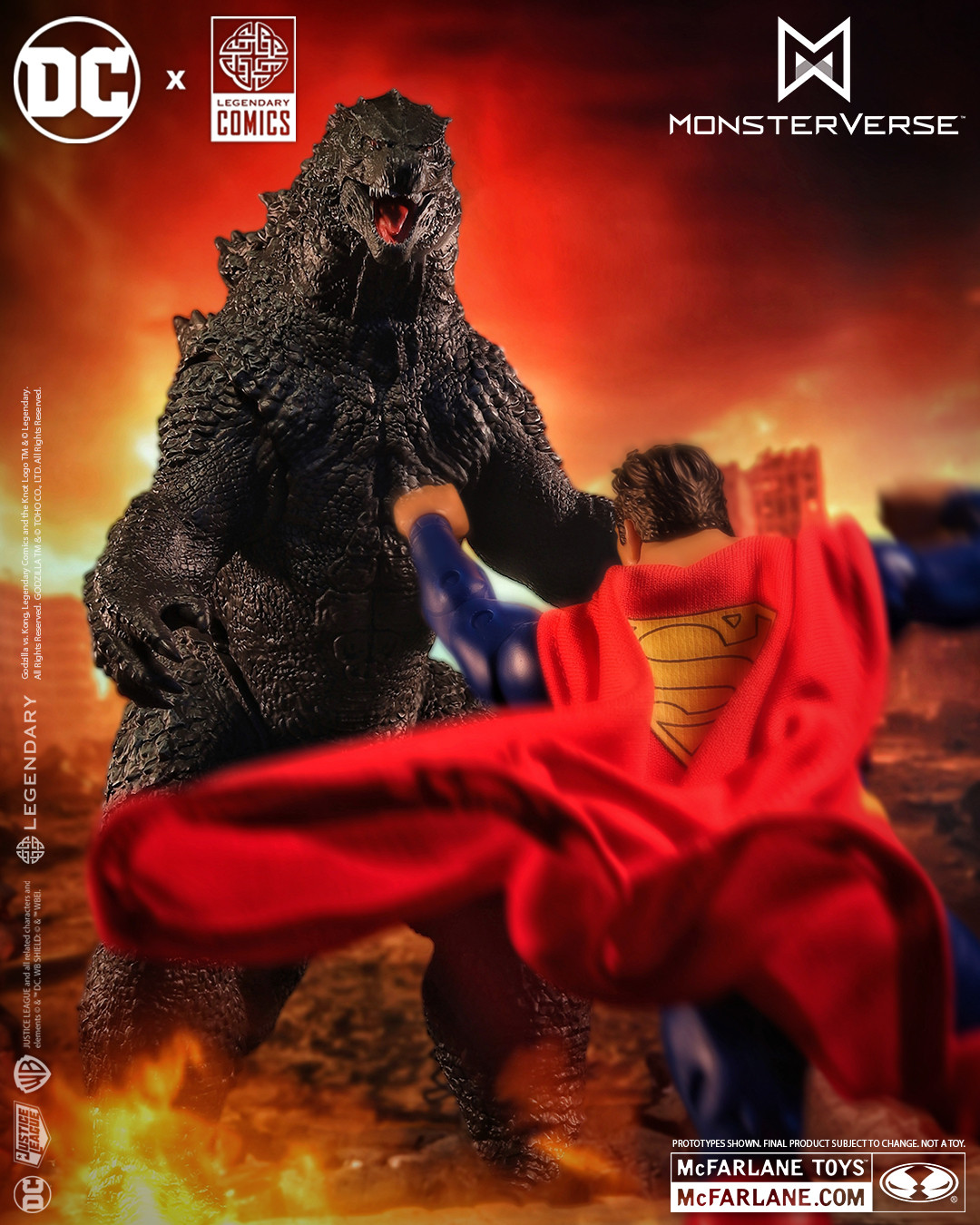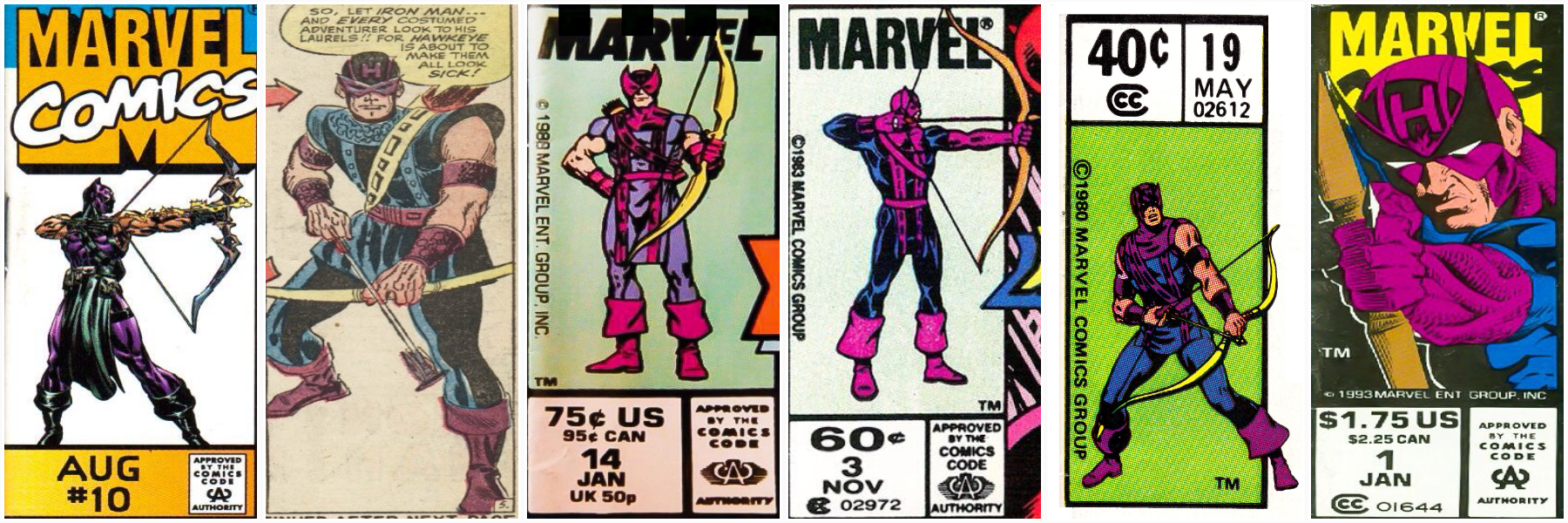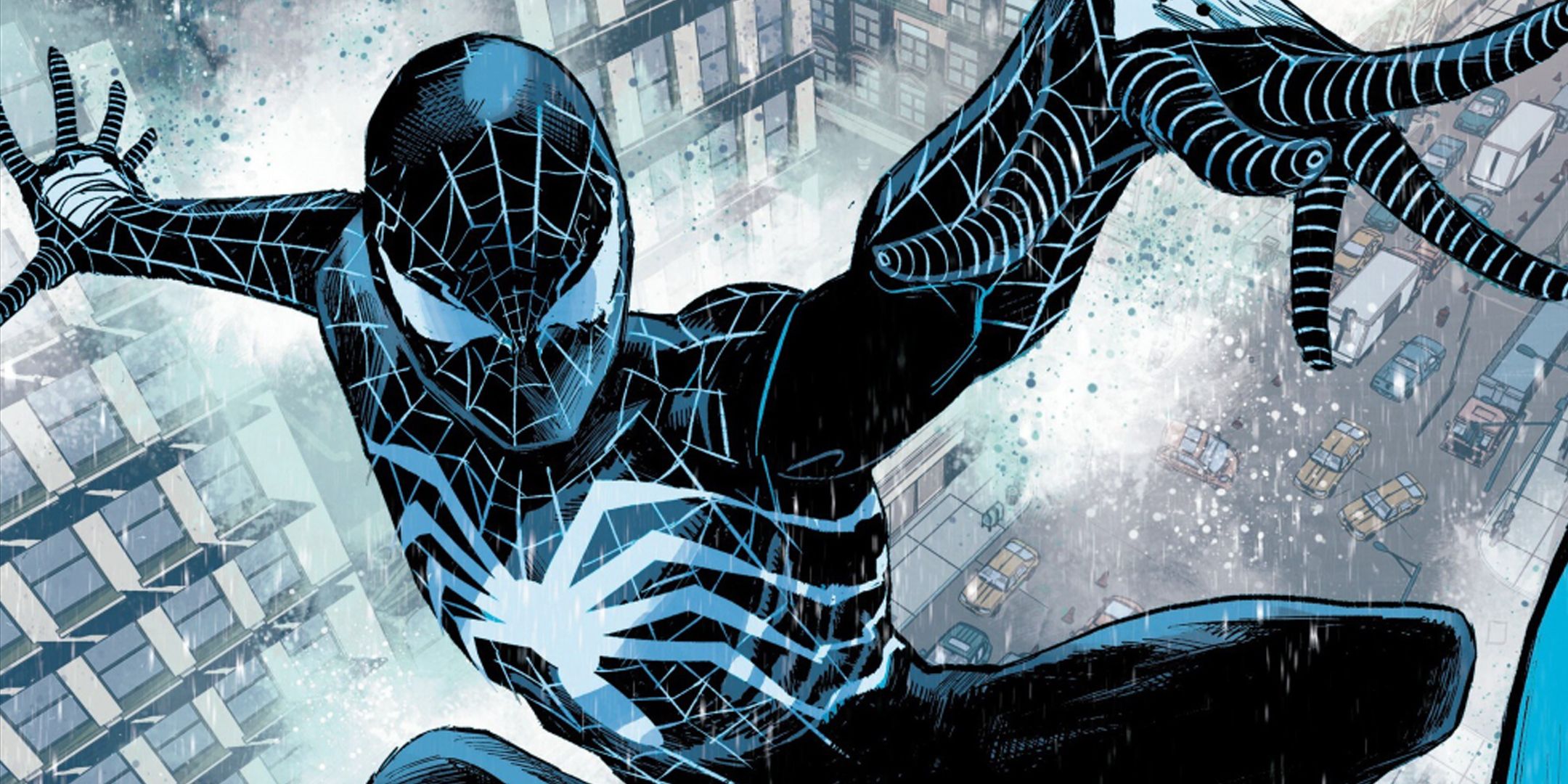
Christian Ward’s Two-Face is one of the more interesting takes on the supervillain in the last few years. In All-Star Batman, Scott Snyder depicts Harvey as a blackmailer exposing the double lives of the “so-called” good people of Gotham. Ram V imagines a tense partnership of personalities in Detective Comics. Not to mention, the iconic origins in The Long Halloween and Batman Annual #14. Notwithstanding, Ward’s original psychedelic take in his City of Madness story on Black Label. Sadly, it is sad to see much of the character’s potential wasted at the finish line in Two-Face #6.

A Two-Way Street
After losing track time as Two-Face, Harvey desperately turns to Batman for help. Yet, despite the tease in the previous issue, Batman’s inclusion in the finale is shamefully benign. For one, Ward builds up the friendship between Bruce and Harvey. Even to the point of reviving the odd concept of Bruce and Harvey being close in childhood. In contrast to issue 4’s detailed exploration of “Scarvey’s” role as a scapegoat, Ward’s take on their friendship is superficial. Nonetheless, Bruce seemingly became his first real life confidant. Still, in spite of their history, Batman ultimately dismisses Harvey and instead claims all he can do is not make the villain a priority. Uncharacteristically, besides begrudgingly giving the White Church props, Batman little concern about anything going on.
As a matter of fact, Batman outright deflates the series long debate about a “good side” or “bad side,” accusing Harvey of being guilty of flipping the coin in the first place. Consequently, Harvey must clean up Two-Face’s mess all by himself. Firstly, Dent puts two of the “fingers” of the Shadow Hand on trial. Strangely, this only includes Die and Doubt and not White Rabbit and False Face. Anyway, Judge Reaper captures them off-panel, actively acting as a bounty hunter of sorts. Secondly, Die teases that Harvey isn’t the only one capable of locking a personality away. Part of this justifies her belief that she is the biological daughter of Two-Face during one of those spells. Whether true or not, Ward leaves the truth staggeringly unresolved. Although, it stands to reason that if Two-Face can put an entire gang together without Harvey knowing, fathering Die isn’t unreasonable.

Closing Arguments
This issue also closes the door on Lake Cantwell’s side plot. Initially, Cantwell aligns herself with Harvey Dent out of hero worship, nearly becoming a surrogate daughter. However, recent events challenge her belief in his ability to support her aspirations. Ward puts their relationship to the test by dusting off the Zsasz plotline from issue #1 as if the character hasn’t moved at all. Luckily for Lake, Two-Face really does care about his assistant and heroically goes after her. Although, the scene flow is odd, with Harvey leaving the Church in one panel then kicking in the door in the next. Regretfully, despite Harvey bringing a literal gun to a knife fight, he is completely useless without Two-Face. Somehow, I think even Lake understands how ineffective her hero has been.
In the end, even though the book still looks marvelous, the finale is underwhelming. Ward uses Zsasz as the last major antagonist, but Two-Face can’t just shoot him because of plot. This creates unintentional dissonance among Lake, Two-Face, Zsasz, and Harvey’s characters, where the whole scenario just feels more pathetic than it should. Highlights include the artwork and color for Zsasz’s attack combined with the psychotic imaginary voices of his victims nagging him. Ridiculously, the third act ends with a very anti-climactic cut-away and last minute conveniences. None of the characters motivations seem to pay off, and leaves Two-Face’s big picture in the dirt for an unearned conclusion.

Recommended If…
- You’ve been reading Christian Ward’s Two-Face.
- Two-Face is your favorite Batman villain.
- The Lake Cantwell character grew on you.
Overall
Let’s get straight to the point, shall we? Narratively, Two-Face peaks at issue four and never regains its sure footing. Most of the resolution happens in previous issues and off-panel which causes the rest of the story to feel forced, sudden, and unsatisfying. Especially, the connection between Lake and Harvey, Batman’s role, his mother, the mind prison, and other unresolved plot threads. It stands to reason that with more issues, Ward could’ve possibly taken his time and fleshed out the characters and conflict more. The artwork and layout are brilliant highlights and perfectly fit the mystery noir vibe of the series. Incidentally, the story is best when using the Perry Mason-like courtroom storytelling. Personally, Harvey heading up a bunch of kangaroo court cases while dealing with an emerging psychological break sounds like an incredible book in theory, but it fails to make a strong case in practice.
Score: 5.5/10
DISCLAIMER: DC Comics provided Batman News with a copy of this comic for the purpose of this review.


![How To Read The Animorphs Graphic Novels [Guide + Reading Order]](https://www.howtolovecomics.com/wp-content/uploads/2025/05/animorphs-guide-feature.webp)
















 English (US) ·
English (US) ·